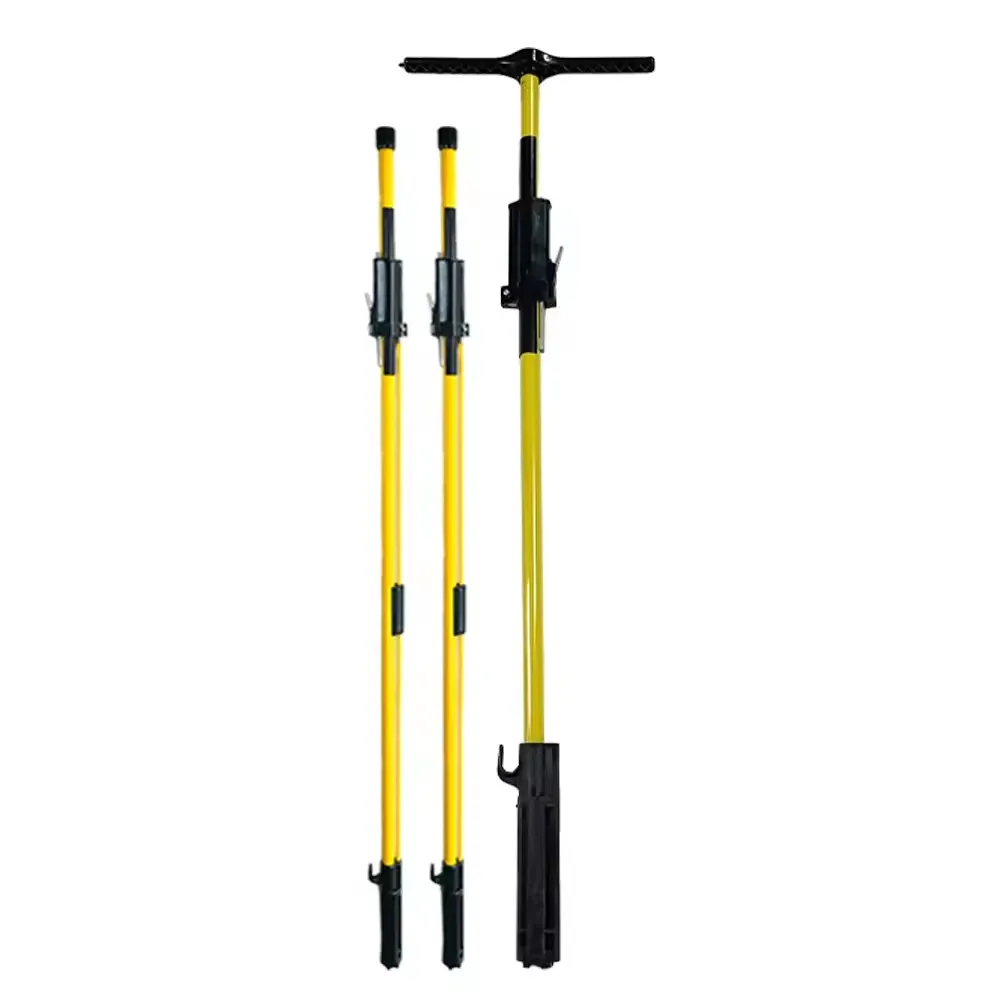
-
 Afrikaans
Afrikaans -
 Albanian
Albanian -
 Amharic
Amharic -
 Arabic
Arabic -
 Armenian
Armenian -
 Azerbaijani
Azerbaijani -
 Basque
Basque -
 Belarusian
Belarusian -
 Bengali
Bengali -
 Bosnian
Bosnian -
 Bulgarian
Bulgarian -
 Catalan
Catalan -
 Cebuano
Cebuano -
 Corsican
Corsican -
 Croatian
Croatian -
 Czech
Czech -
 Danish
Danish -
 Dutch
Dutch -
 English
English -
 Esperanto
Esperanto -
 Estonian
Estonian -
 Finnish
Finnish -
 French
French -
 Frisian
Frisian -
 Galician
Galician -
 Georgian
Georgian -
 German
German -
 Greek
Greek -
 Gujarati
Gujarati -
 Haitian Creole
Haitian Creole -
 hausa
hausa -
 hawaiian
hawaiian -
 Hebrew
Hebrew -
 Hindi
Hindi -
 Miao
Miao -
 Hungarian
Hungarian -
 Icelandic
Icelandic -
 igbo
igbo -
 Indonesian
Indonesian -
 irish
irish -
 Italian
Italian -
 Japanese
Japanese -
 Javanese
Javanese -
 Kannada
Kannada -
 kazakh
kazakh -
 Khmer
Khmer -
 Rwandese
Rwandese -
 Korean
Korean -
 Kurdish
Kurdish -
 Kyrgyz
Kyrgyz -
 Lao
Lao -
 Latin
Latin -
 Latvian
Latvian -
 Lithuanian
Lithuanian -
 Luxembourgish
Luxembourgish -
 Macedonian
Macedonian -
 Malgashi
Malgashi -
 Malay
Malay -
 Malayalam
Malayalam -
 Maltese
Maltese -
 Maori
Maori -
 Marathi
Marathi -
 Mongolian
Mongolian -
 Myanmar
Myanmar -
 Nepali
Nepali -
 Norwegian
Norwegian -
 Norwegian
Norwegian -
 Occitan
Occitan -
 Pashto
Pashto -
 Persian
Persian -
 Polish
Polish -
 Portuguese
Portuguese -
 Punjabi
Punjabi -
 Romanian
Romanian -
 Russian
Russian -
 Samoan
Samoan -
 Scottish Gaelic
Scottish Gaelic -
 Serbian
Serbian -
 Sesotho
Sesotho -
 Shona
Shona -
 Sindhi
Sindhi -
 Sinhala
Sinhala -
 Slovak
Slovak -
 Slovenian
Slovenian -
 Somali
Somali -
 Spanish
Spanish -
 Sundanese
Sundanese -
 Swahili
Swahili -
 Swedish
Swedish -
 Tagalog
Tagalog -
 Tajik
Tajik -
 Tamil
Tamil -
 Tatar
Tatar -
 Telugu
Telugu -
 Thai
Thai -
 Turkish
Turkish -
 Turkmen
Turkmen -
 Ukrainian
Ukrainian -
 Urdu
Urdu -
 Uighur
Uighur -
 Uzbek
Uzbek -
 Vietnamese
Vietnamese -
 Welsh
Welsh -
 Bantu
Bantu -
 Yiddish
Yiddish -
 Yoruba
Yoruba -
 Zulu
Zulu


Oct . 31, 2024 00:50 Back to list
'cable clamp use: a comprehensive guide'
Cable Clamp Use A Comprehensive Guide
Cable clamps are essential components in various industries for managing electrical wiring, telecommunications cables, and other types of flexible tubing. These handy devices not only help in organizing cables but also ensure safety and efficiency in installations. This comprehensive guide explores the types of cable clamps, their applications, and best practices for usage.
What Are Cable Clamps?
Cable clamps are mechanical devices designed to hold and support wires and cables. They come in various materials, including plastic, metal, and rubber, to accommodate different environmental conditions and load requirements. The main function of a cable clamp is to secure cables to prevent movement, reduce strain, and protect them from damage.
Types of Cable Clamps
1. Cable Tie Clamps These are simple, yet effective, types of clamps that use a strip of flexible material to hold cables together. They are ideal for bundling multiple cables and are often used in home and office settings.
2. Mounting Clamps Typically used to attach cables to walls, ceilings, or other surfaces, mounting clamps provide a stable support system. They are prevalent in industrial environments where cables need to be secured against vibrations or other forces.
3. Spring Cable Clamps These clamps provide a quick and flexible solution for holding cables. They use a spring mechanism to grip cables tightly without damaging them, making them perfect for temporary setups or testing environments.
4. Rubber Cable Clamps Offering excellent grip and cushioning, rubber clamps are designed to hold cables firmly while minimizing wear and tear. They are especially useful in automotive and machinery applications.
Applications of Cable Clamps
'cable clamp use: a comprehensive guide'

Cable clamps are widely used across various sectors, including
- Construction Ensuring electrical cables are properly secured during building projects to prevent hazards. - Data Centers Organizing and protecting significant volumes of cables to maintain efficient airflow and reduce overheating. - Telecommunications Holding fiber optic and copper cables in place, ensuring signal integrity and reliability. - Automotive Securing wiring harnesses to prevent wear due to vibration and movement.
Best Practices for Using Cable Clamps
1. Choose the Right Clamp Select a clamp that suits the cable size, type, and application. Over-tightening can damage the cable, while a loose clamp can lead to slippage and failure.
2. Plan Your Cable Layout Before installing clamps, map out the cable route. This helps minimize excess cabling and ensures a clean, organized installation.
3. Regular Inspections Periodically check clamps for wear and tear, especially in high-vibration environments. Replace any damaged clamps promptly to maintain safety and functionality.
4. Avoid Overloading Never exceed the recommended load limits for any clamp. Overloading can lead to breakage, which may result in equipment failure or safety hazards.
Conclusion
Cable clamps are a vital aspect of cable management, providing safety, organization, and efficiency in various applications. By understanding the types of clamps available and following best practices for their use, individuals and professionals can enhance their installations and protect valuable equipment. Whether in construction, telecommunications, or automotive industries, proper cable clamp use is key to maintaining order and ensuring reliability in operations.
Latest news
Your Best Choice for Duct Rodder and Fish Tape Wire Puller Tools
NewsAug.13,2025
Unlocking Efficiency and Precision with Premium Cable Tools and Equipment
NewsAug.13,2025
Smart Solutions with Precision: Cable Pulling Tools That Deliver
NewsAug.13,2025
Reliable Protection with Advanced Hot Stick Technology
NewsAug.13,2025
Reliable Cable Installation Tools at Your Fingertips
NewsAug.13,2025
Optimized Cable Laying with Heavy-Duty Solutions for Modern Projects
NewsAug.13,2025











